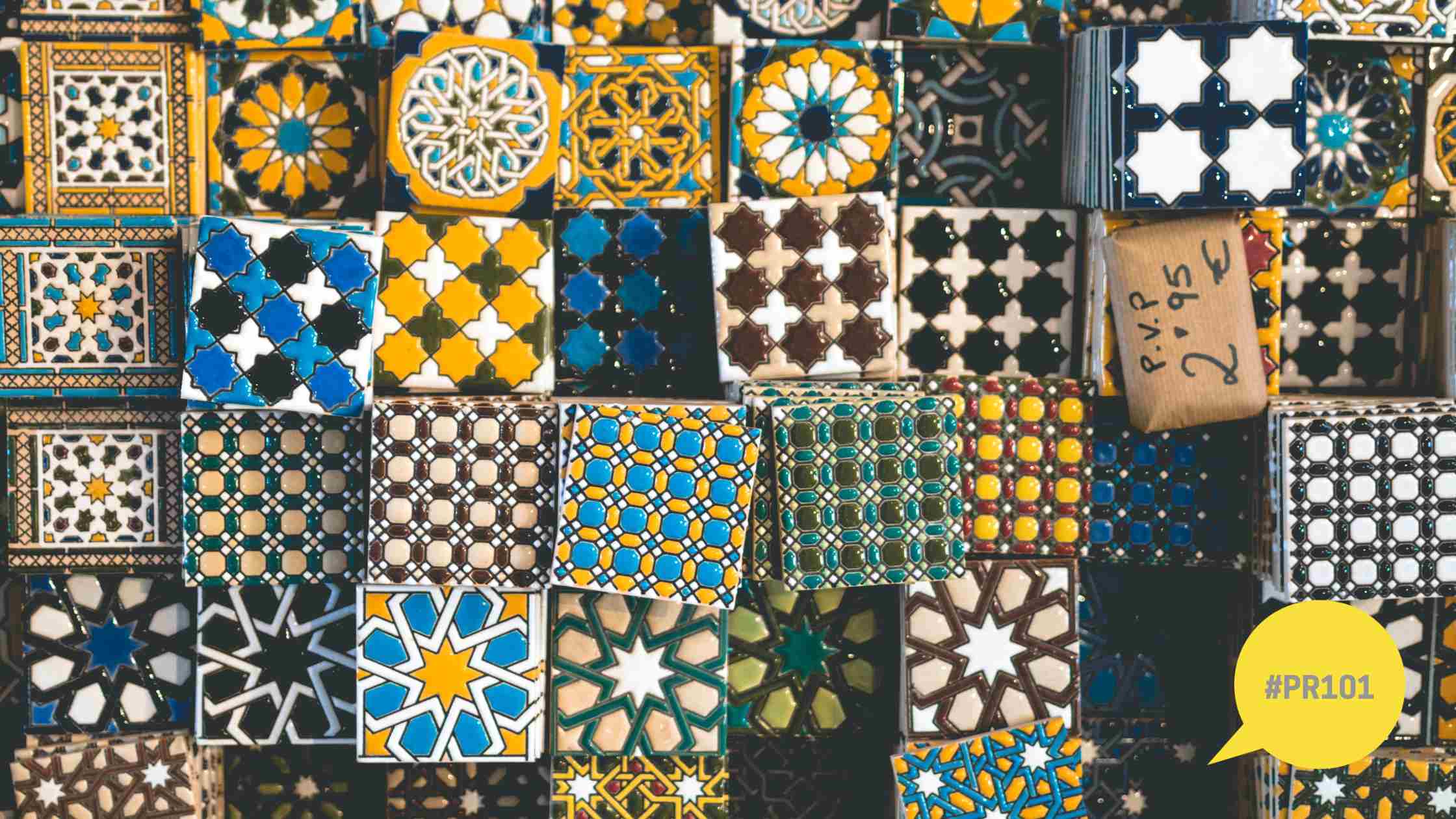It is easy to understand that there are different types of attention. However, the most common categorisation of it is not 100% accurate for advertising. For effective brand communication, we need to take a look at the different shapes of attention.

Attention is usually the beginning of any cognitive function. This makes sense, because for us to do anything or learn anything new, we have to focus first. In psychology there is a well-established system of categorising attention types. Let us see these first, then have look at a more communications focused approach.
Types of Attention in Psychology
In psychology, there are three key aspects to understanding attention. First of all, it is limited, in capacity and duration. For this reason, it is its focus is also selective. Lastly, attention is a cognitive function. Basically, if our brain is not engaged, then we are not really paying any attention.
Based on this, here are the four types of attention in psychology:
- Selective Attention
Selective attention helps us navigate in our everyday lives. It is you selecting what to concentrate on at a given time, shutting out your often busy surroundings. Having a conversation in a crowded space is a good example of this.
- Sustained Attention
The ability to focus on a given task for an extended amount of time. Classes, business meetings are all putting our sustained attention to the test.
- Divided Attention
Divided attention is the – often futile – struggle to focus on multiple things at once. In other words, multitasking.
- Alternating Attention
It is a lot like divided, but alternating attention is when we change our focus constantly between multiple things.
The Shapes of Attention
In communication and advertising there are six shapes of attention. These are characterised by not only duration (opportunity-to-see time), but the individual viewing behaviour of the users.
- Long Look – This has the longest opportunity-to-see time, with a high chance of gaining active attention. A long considerate look.
- Like Glue – Complete concentration on the content. This is very rare, only 2% of viewers engage with advertisiments this much.
- High Flyer – A high attention peak during opportunity-to-see time.
- Flicker – A longer opportunity-to-see time, where passive and active attention alternate. A sort of alternating attention.
- Scroller – Fast scroll speed with passive attention, with brief sparks of active attention.
- Super Scroller – Shortest opportunity-to-see time with basically no active attention, only ‘mindless’ scrolling.
These categories mostly apply to mobile users, and one can surely recognise themselves in one of the descriptions. These are important, because different platforms encourage different forms of attention. First, we must understand the capabilities for attention to develop suiting content. Social Media Management and Content Marketing needs to be built around these principles.
